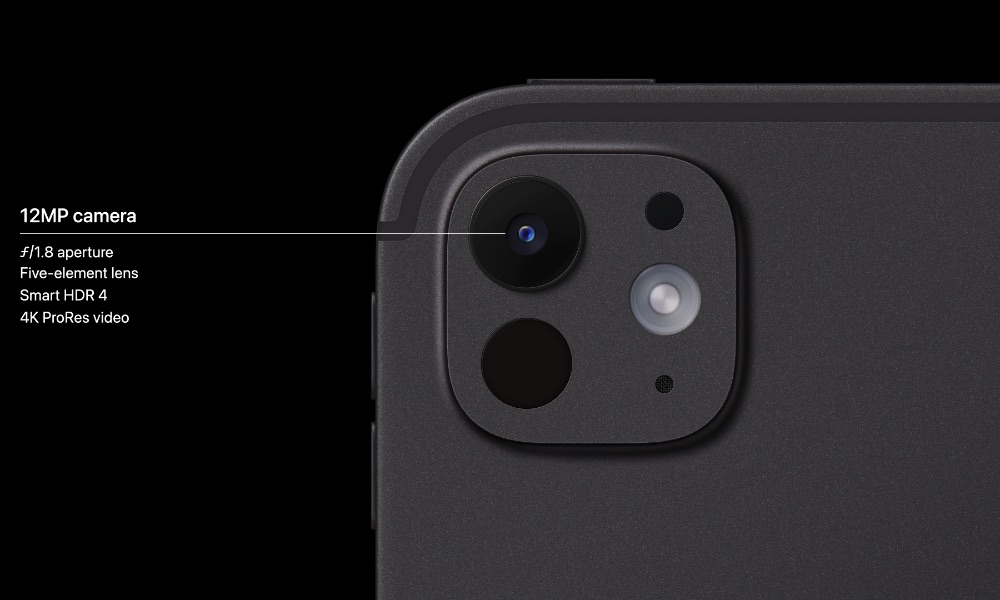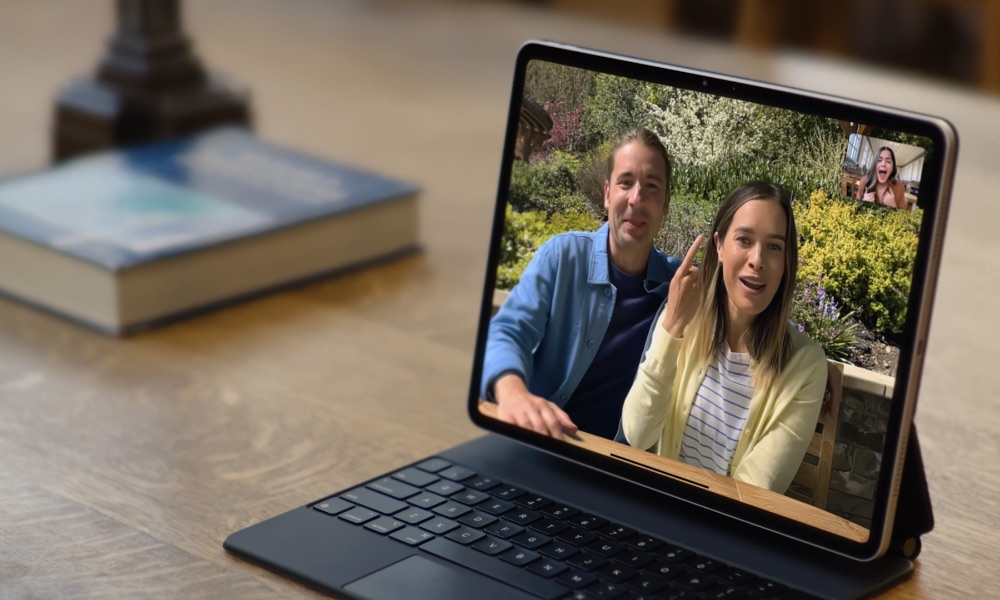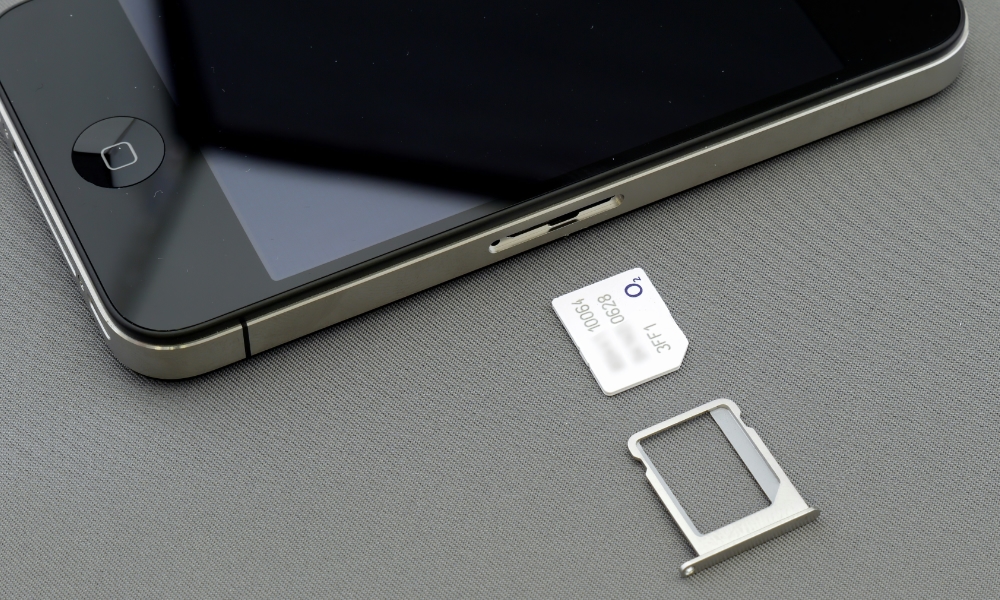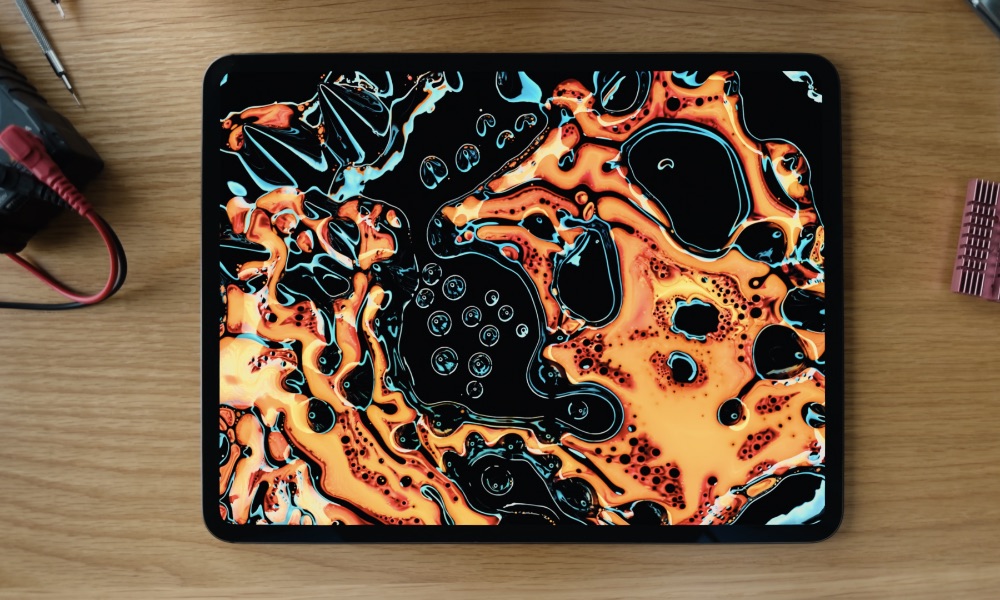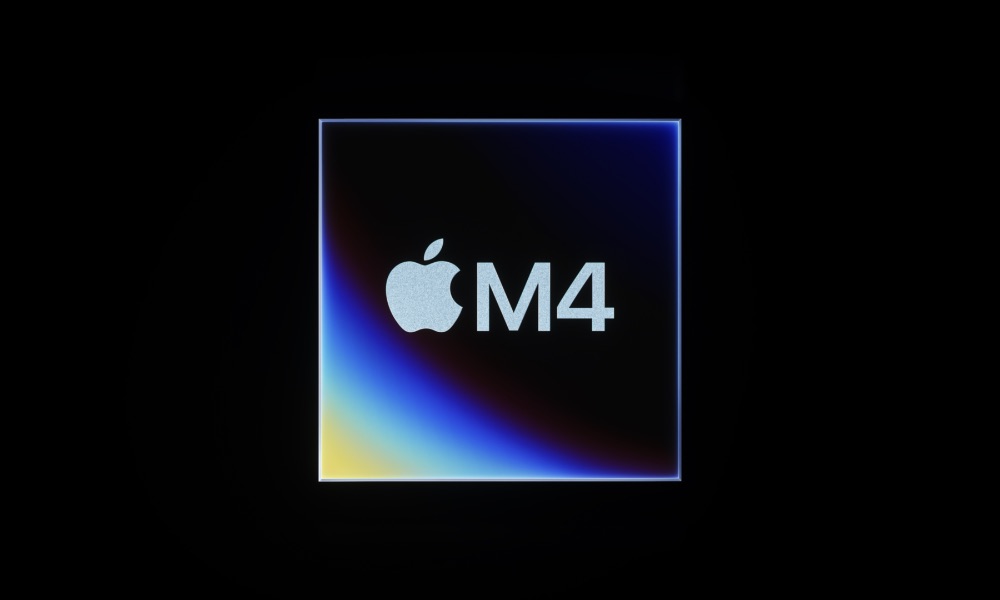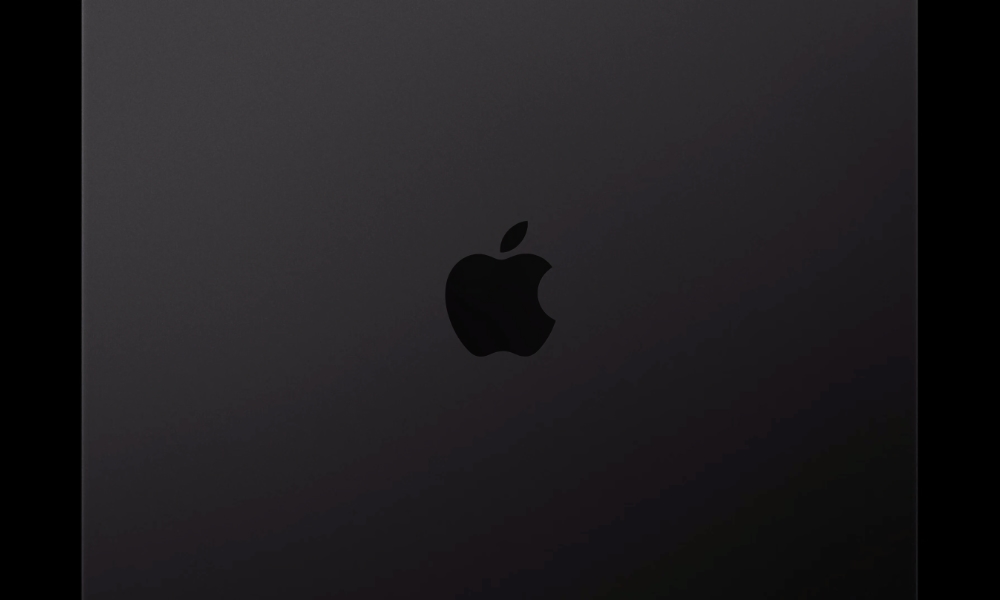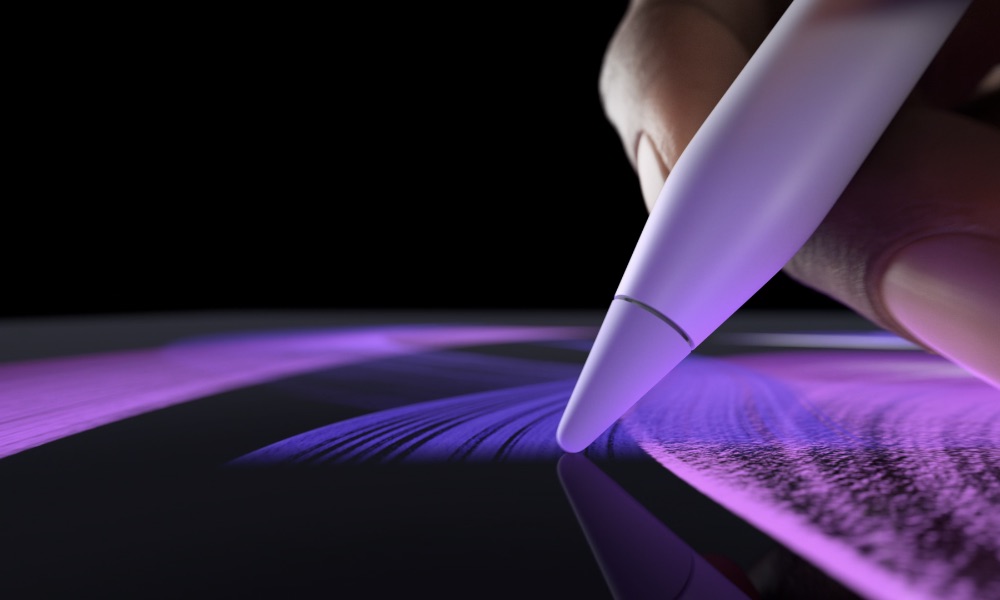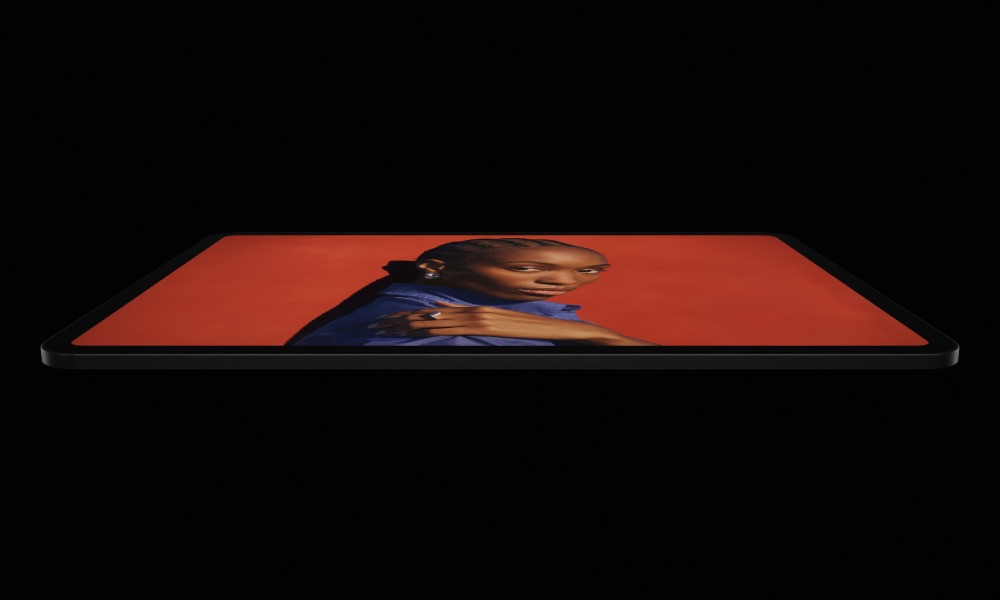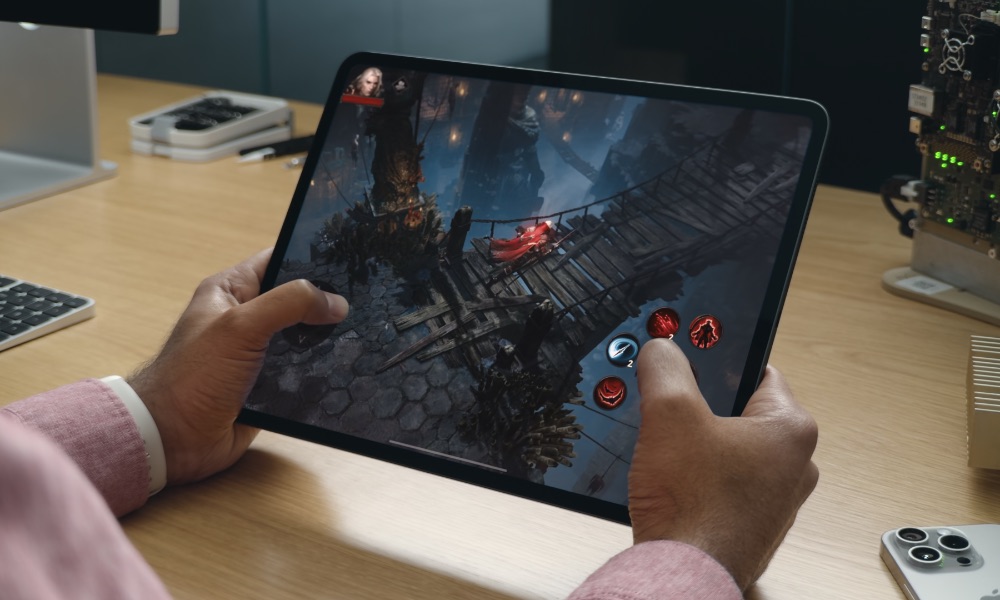9 Things To Know About Apple’s New M4 iPad Pro
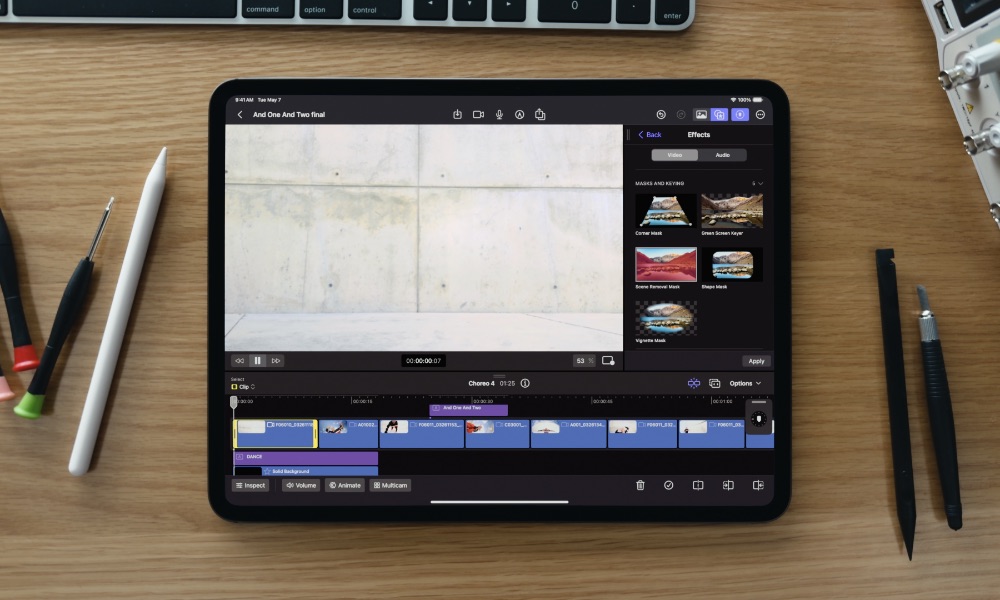
Yesterday’s Let Loose was packed full of fun iPad-related announcements, but perhaps none was quite so revolutionary as the company’s decision to debut its next-generation M4 silicon not on a Mac but on the iPad Pro.
That’s a huge move, effectively putting Apple’s flagship iPad at the forefront of the company’s technology. If anyone felt Apple wasn’t taking the iPad Pro seriously, this week’s announcement should have quashed those doubts. Now we have to wait and see what iPadOS 18 brings to the table next month.
However, as with most Apple events, there’s only so much time to cover new products, and with this one, Apple had 40 minutes to highlight four new iPads, two new pro apps, an Apple Pencil, a Magic Keyboard, and even take a few moments to talk about the Vision Pro.
Needless to say, a few of the subtler details about the new M4 iPad Pro didn’t make the cut for on-stage presentation, so we’ve dug through the specs and fine print to see what else the M4 iPad Pro has to offer — and watch hidden catches are part of the package. Read on for 9 things you should know about Apple’s 2024 flagship iPad.
The Ultra Wide Camera Is Gone
Apple naturally didn’t mention this at all yesterday, but anybody who has used a recent-model iPad Pro in the past few years would likely have noticed a conspicuous omission when Apple Senior VP John Ternus showed off the 12-megapixel camera and adaptive True Tone flash.
That’s right, the Ultra Wide camera that came to the iPad Pro alongside the LiDAR scanner in 2020 is no more. This means you get the single 12MP shooter that’s more or less identical to the one found on prior models, and no more 2x optical zoom out.
We’re assuming that was a concession to making the iPad Pro “impossibly thin,” but we’re not sure it’s much of a loss. The iPad Pro was never really about the cameras, and the new adaptive flash allows for much better document scanning, which is the only thing many folks use their iPad camera for. However, if you liked the ultrawide capabilities, the M4 iPad Pro will be a bit of a letdown.
There’s One Less Microphone
Similarly, Apple has eliminated one of the microphones, with this year’s iPad Pro models now boasting only “four studio-quality microphones.”
Apple increased the number of mics to five in the redesigned 2018 iPad Pro lineup and added the “studio-quality” designation in 2020. Like the Ultra Wide camera, this may be a compromise to reduce the size, but we’re also betting that the improved machine learning algorithms powered by the M4 chip can probably make do with only four mics.
No More Physical SIM Card
While Apple has supported eSIM in its devices for years, until 2022, most of those also offered a physical SIM card slot. The iPhone 14 lineup eliminated the physical SIM, but only in the US models.
Now, it’s the iPad’s turn. If you opt for a Wi-Fi + Cellular iPad Pro, you’ll no longer be able to use it with a Nano-SIM, as the slot is gone. It’s eSIM or nothing now, and that extends beyond US borders for the first time.
In fact, from what we’ve been able to tell, the M4 iPad Pro is eSIM-only everywhere — even in China, the only country where the iPhone is sold with two physical SIM card slots. For that country, Apple has a footnote that customers in China can “contact China Unicom for more details,” as presumably that carrier now offers eSIM.
The Nano Texture Glass Doesn’t Come Cheap
One pleasant surprise for the new iPad Pro is that Apple now offers nano-texture glass, which provides optimal viewing under challenging lighting conditions, reducing glare in a way that even the best matte screen protectors can’t accomplish.
The better glass will be a boon to professionals who work in demanding lighting conditions or need unsurpassed color accuracy, but it’s clearly only for those who really need it, as it’s a pricey upgrade.
While the nano-texture glass is only a $100 add-on, the catch is that it’s available exclusively on the two highest-end 1TB and 2TB storage configurations. That means you’ll need to pay a minimum of $1,699 to get nano-texture glass on your iPad Pro. That increases to a staggering $2,599 if you opt for nano-texture glass on a 2TB Wi-Fi + Cellular 13-inch iPad Pro.
Not All M4 Chips Are Created Equal
Although Apple showed off its M4 chip as a 10-core performance beast in the iPad Pro, the reality is more nuanced as there are actually two versions of the chip.
Like the nano-texture glass option, you’ll only get the “best” M4 if you buy a 1TB or 2TB iPad Pro. The lower-capacity 256GB and 512GB versions come with an M4 chip that lacks one CPU performance core — a “9-core CPU with 3 performance cores and 6 efficiency cores.”
This is undoubtedly the result of chip binning, where Apple uses M4 chips that didn’t quite make the 10-core cut in its lower-end models. It’s not the first time we’ve seen Apple do this, but it is a first for CPU cores.
The A12X chip used in the 2018 iPad Pro turned out to be a GPU-reduced binned version of the A12Z that came along in the 2020 model, and Apple has also been using a chip with one fewer GPU core in its lowest-end MacBook Air models since the M1 was introduced. However, all M4 iPad Pro models have the same 10-core GPU — it’s the CPU that’s losing a core this time.
We’ll have to wait for some benchmarks to see how much of a difference that makes in real-world performance. We don’t expect it will be anything most users need to worry about, but if you want the best the M4 chip has to offer, you’ll need to spring for at least a 1TB iPad Pro to get it.
No More Apple Stickers in the Box
While the iPad Pro has yet to go on sale, the folks at 9to5Mac have seen a memo to retail store employees stating that the traditional Apple stickers will no longer be included in the box for the new iPad models.
That’s not a big surprise considering Apple’s stance on environmental responsibility. If anything, it’s surprising the company didn’t stop including the stickers years ago.
However, there’s some good news for those who can’t live without new Apple stickers. The memo adds that Apple is shipping Apple logo stickers separately to stores for distribution to customers who really want them, upon request. While small shipments are apparently going out automatically to all stores, those stores that want to refresh their supply will have to specifically order them from Apple HQ.
You'll Need New Accessories
Alongside the M4 iPad Pro, Apple also unveiled a new Apple Pencil Pro and Magic Keyboard. Those are the only versions of these accessories that can be used with the new iPad Pro.
So, if you’re upgrading from an older iPad Pro and have a second-generation Apple Pencil or Magic Keyboard, you might as well sell those or give them away with your iPad, as they won’t work with the new M4 iPad Pro.
With the Magic Keyboard, it’s likely just a matter of fit. The new iPad Pro is significantly thinner than its predecessor. The new Apple Pencil Pro is a bit more complex; while it looks very similar to the older stylus and still docks on the side, the new camera position has likely changed the magnetic charging dock in such a way that it only works with the new model.
No Always On Display
If you were hoping that the new OLED panel on the M4 iPad Pro would have always-on capabilities, we have some bad news. Despite offering an LTPO display with a refresh rate that can go as low as 10Hz, the always-on display remains an iPhone Pro exclusive feature.
Nevertheless, the lower refresh rate of the Ultra Retina XDR display should help to preserve some battery life over the 24Hz floor of prior models.
Battery Life Remains the Same
Speaking of battery life, the M4 iPad Pro amazingly maintains the same 10-hour battery life despite its “impossible” thinness.
Some of that is undoubtedly helped by the M4 chip and its increased power efficiency — it’s said to use half the power of the M2 at the same performance levels — and the OLED panel likely helps, too.
However, Apple has also slightly increased battery capacity in the 11-inch model, which offers a 31.29-watt-hour cell versus 28.65Wh in the prior model. On the other hand, the 13-inch model sees the battery shrink to 38.99Wh, down slightly from 40.88Wh on the 12.9-inch iPad Pro.
Those are pretty subtle changes, and both the new models still offer up to 10 hours of surfing the web or watching video when on Wi-Fi, or 9 hours when using cellular data.

